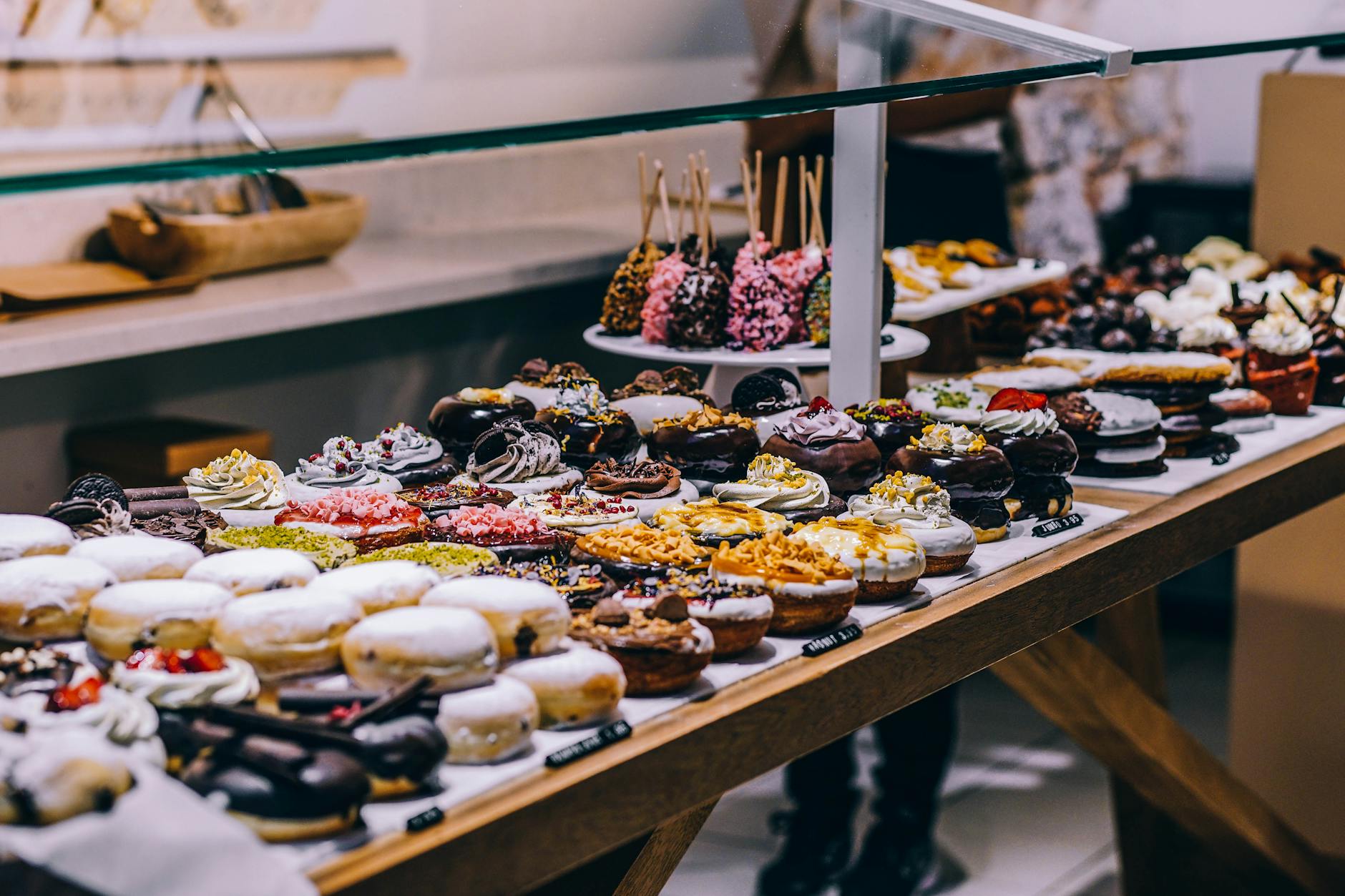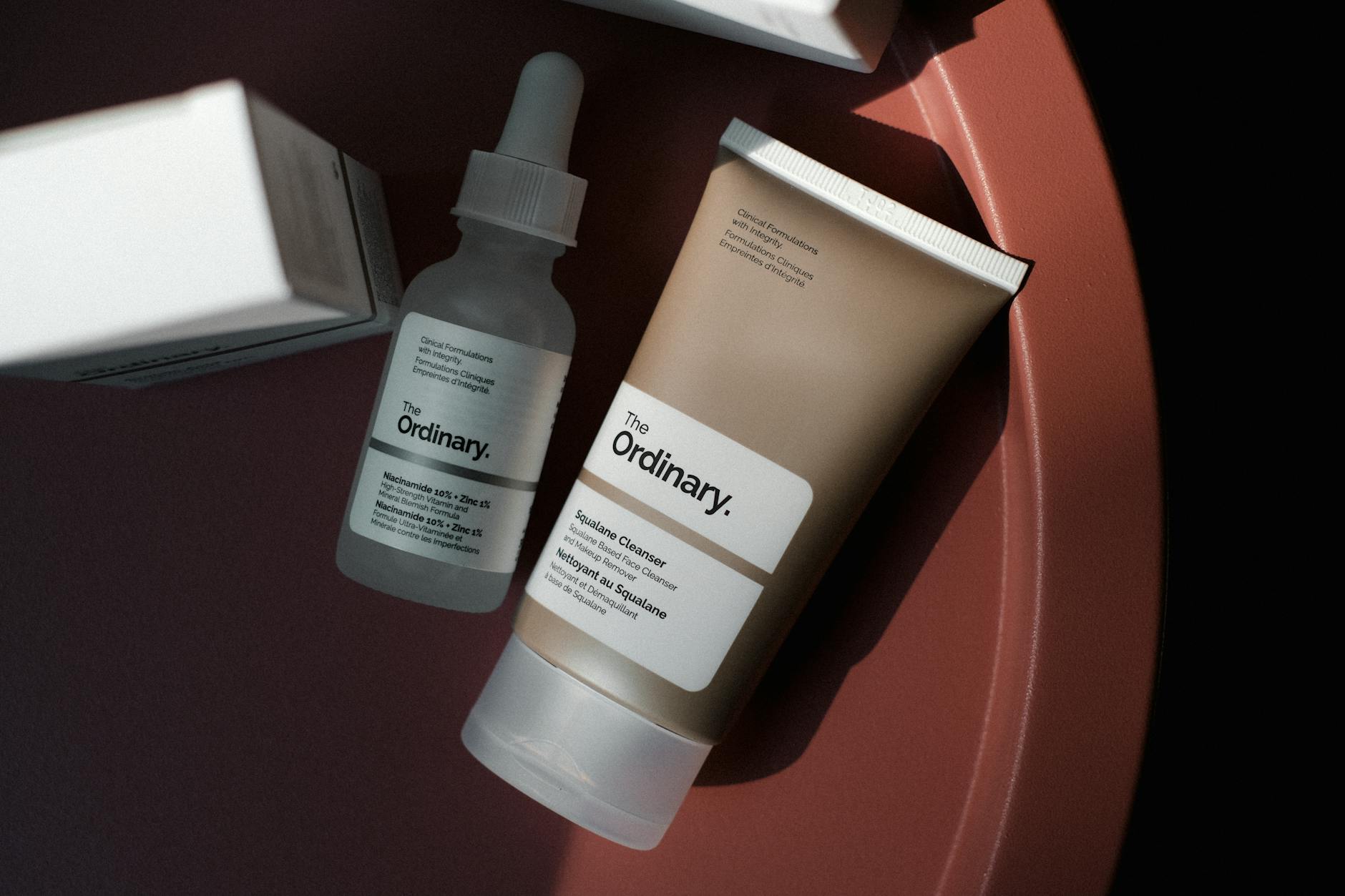How Photographers in Australia Can Protect Their Skin Without Harming Nature

Understanding the Risks
Exploring the intersection of photography and environmental stewardship, it's crucial to understand the hidden dangers of common sunscreen ingredients. High-exposure locations like the breathtaking Brisbane Botanic Gardens aren't just beautiful; they also require an advanced level of skin protection, especially under the harsh Australian sun. Traditional sunscreens often contain chemicals that are harmful to both your skin and our precious ecosystems. By choosing natural sunscreen, you make an eco-conscious decision that protects both your skin and the environment—a fact well-understood by those dedicated to preserving marine life.
For families on sunny outings, kids sunscreen is another area that demands attention. Children often have more sensitive skin, making chemical-free formulations vital. Imagine a day in the Brisbane Botanic Gardens, where protecting young ones with safe, effective sunscreen allows you to focus on capturing those perfect shots and creating lasting memories. The goal here is not just sun protection; it's about aligning our daily practices with a commitment to sustainability.
Fellow eco-conscious explorers are always looking for ways to minimise their environmental footprint while balancing the need for personal protection and lifestyle. This approach not only secures our health but also contributes to the global movement towards sustainable living. As photographers and adventure enthusiasts, every sunlit shoot becomes an opportunity to champion Earth's splendor responsibly.
Choosing Eco-Conscious Sunscreens
Key Ingredients to Avoid
Choosing the right sunscreen is more than just a personal choice—it's a commitment to protecting our environment, particularly our stunning marine ecosystems like the gem of Moreton Bay. As a fellow photography enthusiast exploring landscapes with my lens, it's essential to be aware of the harmful chemicals that can seep from sunscreens into the ocean. Avoid sunscreens containing oxybenzone and octinoxate, which are known to cause coral bleaching. These chemicals not only affect coral health but also the vibrant marine life that depends on this habitat, much like my beloved work with marine conservation.
Reef-Safe Alternatives
So what are the safer alternatives? Look for products labelled as reef-safe, which often contain mineral-based ingredients such as zinc sunscreen. These sunscreens are not only gentle on your skin but also environmentally friendly. Zinc oxide offers broad-spectrum protection and is considered safe for coral reefs, making it a staple for anyone passionate about eco-friendly practices.
Reading Product Labels
Always scrutinise the labels when purchasing sunscreen. It's essential to ensure that the product is genuinely free of harmful chemicals and marketed appropriately. Certifications and declarations of being reef-safe can serve as indicators, but taking the time to understand each ingredient makes a significant difference. This mindful approach aligns with the Brisbane Botanic Gardens' commitment to sustainability, reflecting an environmental consciousness that resonates deeply with me.
Protective Habits for Photographers
Timing Your Shoots
As an eco-conscious explorer wandering through the vibrant landscapes of the Brisbane Botanic Gardens, I've learned that timing is everything when it comes to photography and skin protection. Scheduling shoots during the early morning or late afternoon not only captures the soft, natural light favoured by many photographers but also reduces exposure to harsh midday sun. By adapting our schedule, we can protect our skin while enjoying the serene beauty of nature.
Clothing and Accessories
Choosing the right clothing and accessories can significantly decrease sun exposure. Light, breathable fabrics that cover the arms and legs are essential. Wide-brimmed hats and sunglasses with UV protection should be considered indispensable gear. These simple additions to your photography outfit can offer strong defence against harmful UV rays, while still allowing you to focus on capturing stunning images in nature.
Shade and Coverage Techniques
Incorporating shade into your photography setup can provide additional protection. Use natural features like trees or man-made structures to create shaded areas for shooting. Investing in portable sun shelters or umbrellas is also a practical choice for long outdoor sessions. Remember to apply baby sunscreen that is eco-friendly and free from harmful chemicals to safeguard sensitive skin while respecting our environment.
These habits establish a harmonious balance between our craft and the preservation of our natural surroundings, instilling a sense of responsibility towards both our own well-being and the environment.
Environmentally-Friendly Practices
Waste Reduction in the Field
As an eco-conscious explorer, practising waste reduction while venturing into nature is paramount. Start by minimising the use of disposable items in your photography gear setup. Opt for rechargeable batteries instead of single-use ones, which helps keep landfill contributions to a minimum. Also, ensure any packaging from snacks or film is securely stowed away in reusable containers or bags. By consciously reducing waste, you contribute to the preservation of our environment and lessen the impact on natural habitats.
Sustainable Gear Choices
Making informed decisions about your photography gear not only enhances your shooting experience but also contributes to a healthier planet. Choose equipment made from recycled materials or brands committed to sustainable manufacturing processes. Many companies now offer eco-friendly options, such as camera straps crafted from organic cotton or recycled polyester, which align with an environmentally responsible lifestyle. Transitioning to sustainable gear ensures your photography adventures remain aligned with conservation values.
Leave No Trace Principles
Adopting the Leave No Trace principles is essential for maintaining the pristine beauty of natural settings. These guidelines encourage you to respect the environment by leaving the areas you visit exactly as you found them—if not better. Remember to carry out all trash, including biodegradable items, and avoid picking plants or disturbing wildlife. Embrace alternatives like reef safe sunscreen, which are less harmful to aquatic ecosystems, preserving places like the sprawling Great Barrier Reef for future generations.
Avoiding Common Missteps
Misinterpreting Label Claims
When exploring eco-friendly sunscreens, it’s easy to be misled by product labels. Many natural sunscreens claim to be environmentally safe, but only some are genuinely free from harmful chemicals. I recommend reading the ingredient list carefully, ensuring no oxybenzone or octinoxate, which can harm our precious marine ecosystems, including the stunning waters around the Brisbane Botanic Gardens and Moreton Bay beaches. Choosing a product with a proven track record of reef-safe ingredients will better preserve the environments I love to photograph.
Overlooking Reapplication Necessities
As a passionate photographer capturing the golden hour at the Kangaroo Point Cliffs, I often lose track of time. It’s crucial, though, to stay mindful of sunscreen reapplication. Eco-friendly sunscreens can wear off faster, especially in water or while sweating. Personally, I set reminders on my phone or watch to reapply every two hours, ensuring my skin remains protected during long outdoor shoots without environmental harm.
Believing All-Natural Is Always Safe
There’s a common misconception that anything labeled as 'all-natural' must be benign. However, I’ve learned that certain natural ingredients can cause skin irritation or allergic reactions. Before heading out to my favorite photography spots, I conduct patch tests on new products to avoid unforeseen redness or itching. Conscious choices, like utilising appropriate skin protection and verifying reef friendly sunscreen claims, ensure not only my skin's safety but also the preservation of the natural wonders I love to explore and capture.


